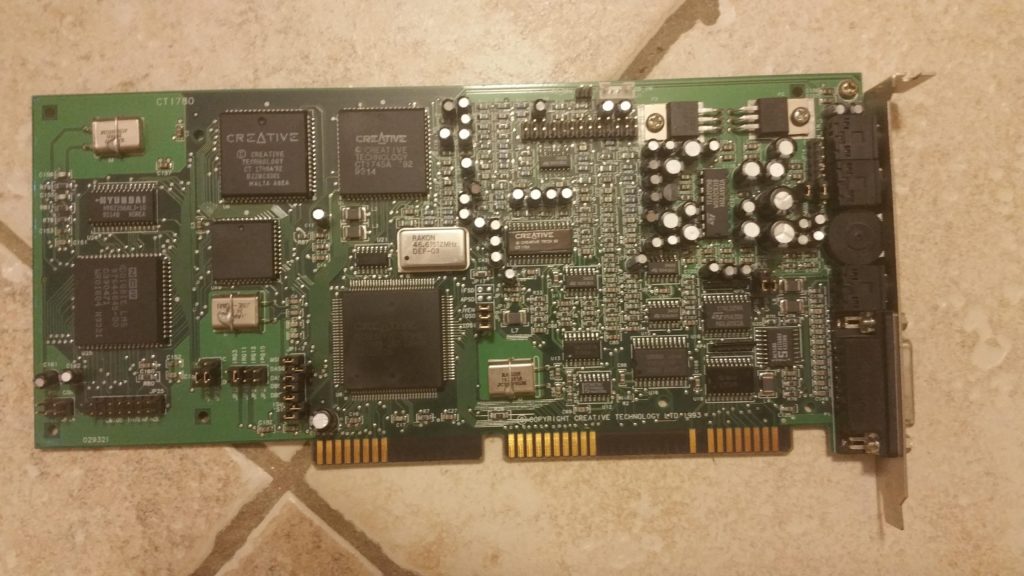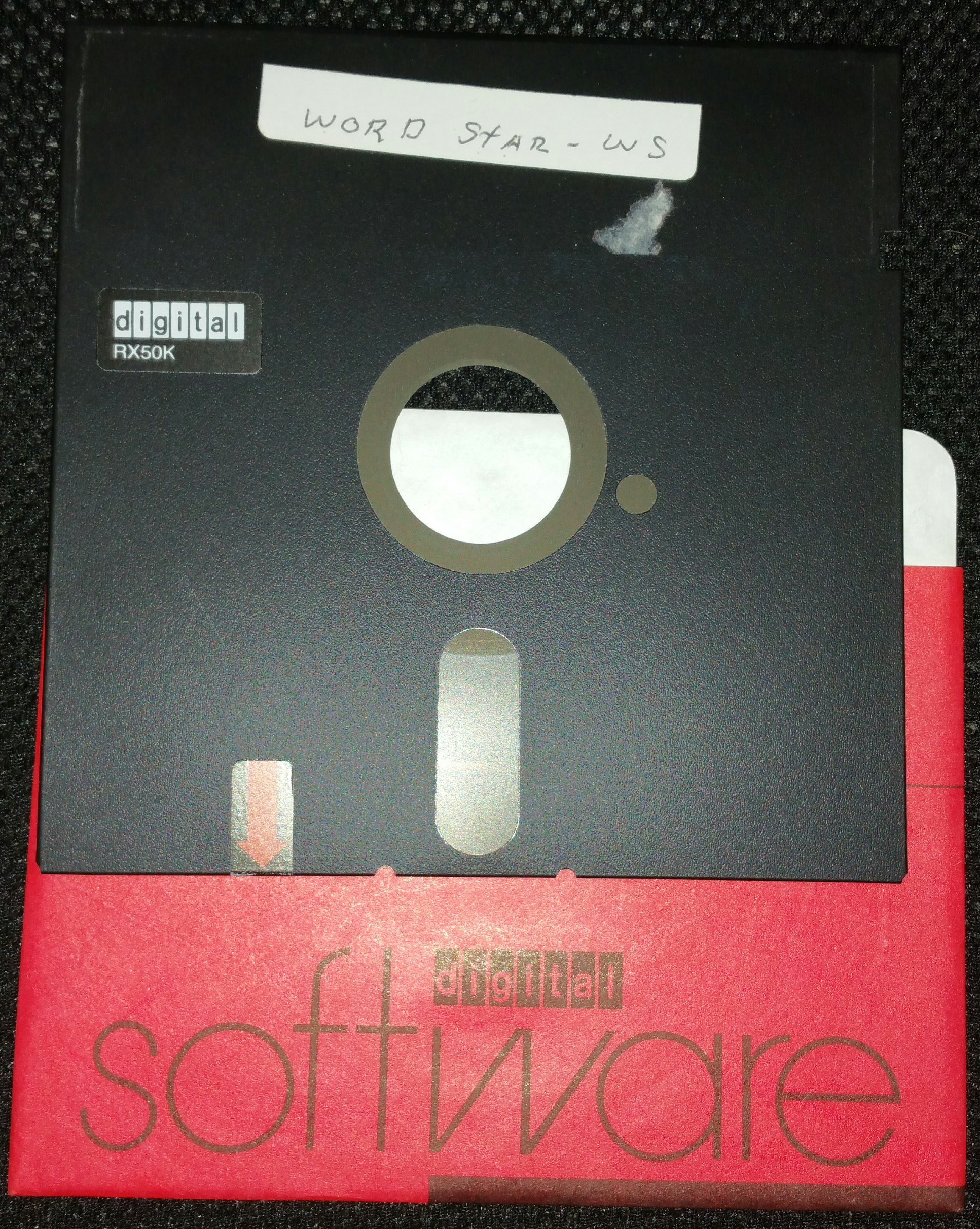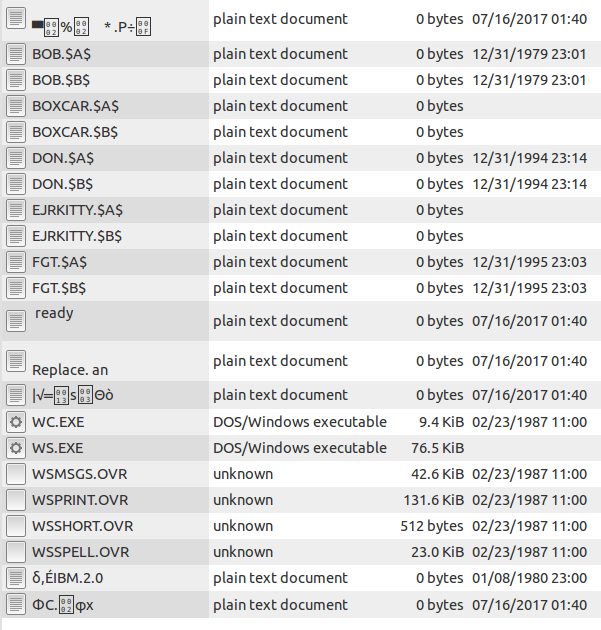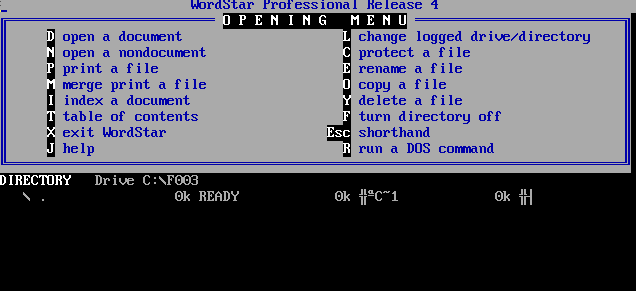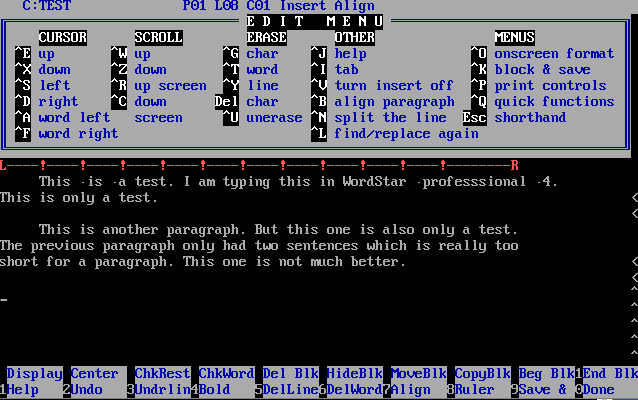This expedition is a search through the boneyard of my very first PC. And by PC, I really mean DOS/Windows/X86 compatible computer since my first computer was a Commodore 64. This was the first computer I ever bought myself and I spent most of my summer earnings on this thing the summer before I went to college. It was a whopping $3000 (really more like $2995 plus somewhere in the neighborhood of $100 for shipping). But for this massive sum you got what was a massively powerful computer for the day (we are talking Summer 1993 here).
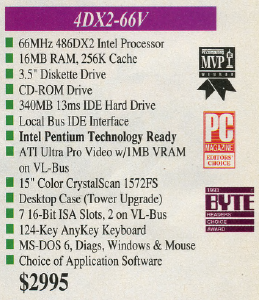
As you can see, the highlights include a 66MHz 486DX2 processor, a whopping 16MB of RAM plus 256k of cache, a CD-ROM drive (single speed) and a VESA Local Bus video card. It looked just like this except the CD-ROM drive in mine (a Philips model) had a manually operated tray:
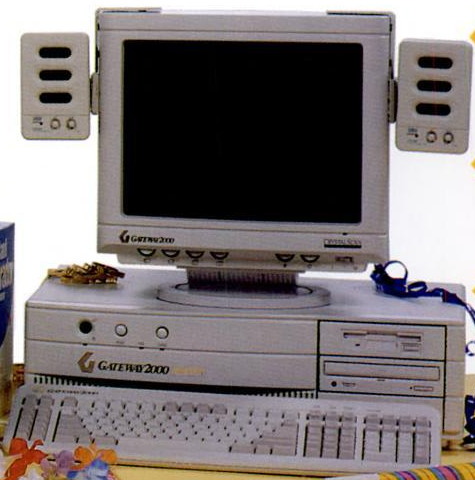
By comparison, in my dorm area my first year of college, three out of five people came with a computer including myself. One person came with a 386DX-40 with 2 or 4 MB of RAM and my roomate came with a 486DX-33 with 4 MB of RAM (later upgraded to 8 MB I think). I had bragging rights for a couple of years until someone I knew bought a 133 MHz Pentium.
This computer was used to call a lot of BBSes, play a lot of DOOM, DOOM 2 and the first couple of X-Wing games. It was also used to play Hexen, NASCAR, Rebel Assault (one of the first CD-ROM based games for PCs) and no doubt many others that I am forgetting. This was the first computer I used to access the Internet (via a local freenet and a university shell account with a SLIP emulator). At first it was largely usenet and text based web browsing but later graphical web browsing. This computer was also responsible for me meeting my first serious girlfriend (a blessing and a curse) via Talk on my university account. I even did a little school work with it.
Paradoxically, at the time BBSes were probably near their peak but also on their way out as the Internet was just becoming popular. It’s a shame because they were a lot of fun and while the Internet certainly has more of everything it has never managed to recreate that type of environment. I played tons of Legend of the Red Dragon, downloaded tons of stuff much of which I never used, and participated in FIDONET and local message discussions galore. One BBS even hosted a DOOM or DOOM 2 ladder tournament (basically you would challenge anybody you wanted and if you beat them you took over their position on the ladder).
This machine did not come with either a modem or a sound card but by Christmas I had both a Sound Blaster 16 ASP and a second hand 2400 bps modem. The modem was upgraded on a regular basis from 2400 to 14400 to 28800 to 33600 and finally to 56K (USR X2 and then the final standard). Sometimes an upgrade meant a new modem, sometimes a ROM chip swap and sometimes a ROM flash. For a time when USR and Hayes had competing standards dial-up could be frustratingly buggy or incompatible depending on what you were connecting to but that’s another story. Other than those things, I never really upgraded anything on this machine. I contemplated upgrading to 32 MB RAM but that meant I had to disable the motherboard cache (which was important for speed at that time) or getting one of those fancy Pentium Overdrive chips but it was never really cost effective. This was my primary machine from August 1993 until December 1997 when I got a brand new Pentium II-300 (also from gateway) and this one was given to my parents (sans the original monitor which had recently died). I got it back several years later but it was stored in the garage for a while and eventually tossed except for a few parts I held on to:

This, of course, is the brain of the machine. Not sure why I kept it but here it is. Maybe I’ll put together another 486 machine for nostalgia’s sake one day. It only ran at 66 MHz and that was a clock doubling of the system bus which ran at 33 MHz. But it was the fastest thing available at the time.

While the package size of desktop CPUs has not changed too much over the years, the size of the core, the number of transistors packed into it, and the number of pins have all changed drastically.
The one other piece I kept was the Sound Blaster 16 ASP card. The Sound Blaster 16 was THE sound card of the day. The Pro Audio Spectrum 16 was arguably better but not as well supported. The ASP version of the card added hardware compression among other things. I don’t think ASP features were ever really used in games but it did allow you to do nifty things like record and playback lossless compressed .wav files. One other thing to note was that the CD-ROM interface was often on the sound card in the early days so I had to have the particular Sound Blaster card that had the appropriate interface for my Philips CD-ROM drive. Later CD-ROM drives were SCSI or IDE based like hard drives.
